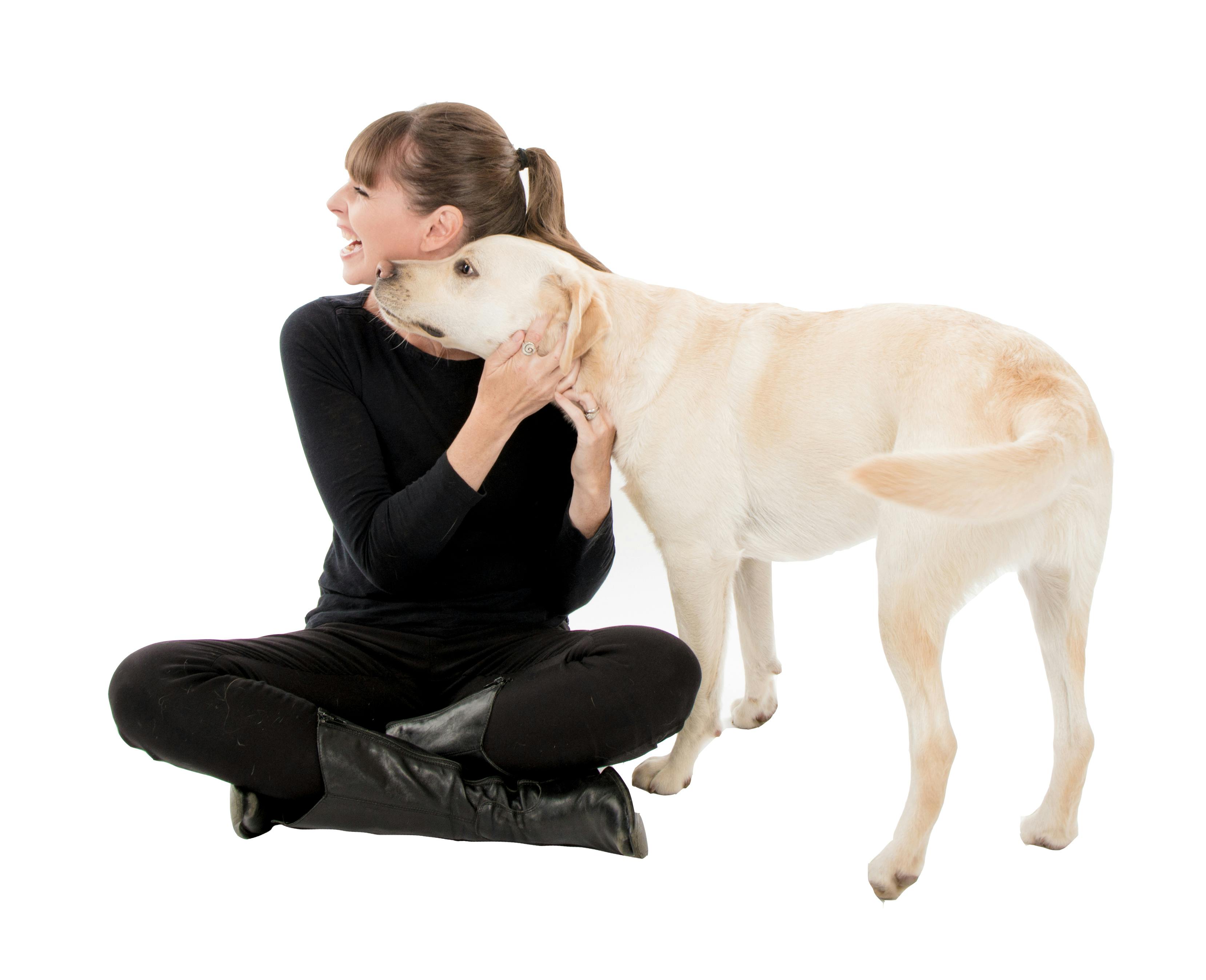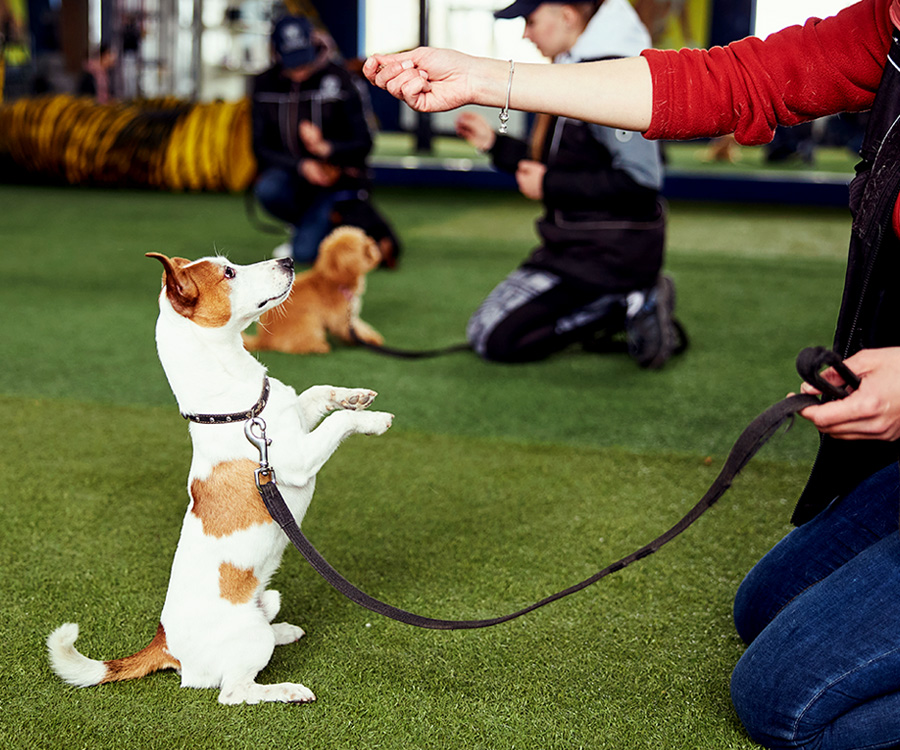Dog Training For Dogs: A Detailed Guide to Raising a Mannerly Animal
Dog Training For Dogs: A Detailed Guide to Raising a Mannerly Animal
Blog Article
Vital Canine Training Tips for Raising a Mannerly Buddy
Crucial techniques such as early socialization, the facility of consistent commands, and the implementation of positive support can significantly influence a pet dog's behavior and overall disposition. Comprehending canine actions is crucial for customizing training approaches that resonate with private pet dogs.
Understanding Canine Actions

Additionally, socialization plays a vital function in forming a pet dog's behavior. Exposure to numerous settings, individuals, and various other animals helps pet dogs develop confidence and decreases the possibility of fear-based reactions. Early socializing is especially important, as experiences during the vital advancement duration dramatically influence a canine's long-term habits.
Additionally, recognizing the concepts of learning concept-- such as positive reinforcement, unfavorable support, and penalty-- can enhance training efficiency. Canines are most likely to repeat behaviors that generate positive outcomes. As a result, using regular, reward-based training methods cultivates a relying on connection in between the canine and its instructor.

Basic Commands to Instruct
Teaching standard commands is an essential structure for effective pet training and communication. Dog Training For Dogs. These commands not only help establish a clear line of interaction between you and your dog, but they additionally promote safety and excellent actions in various scenarios
Start with fundamental commands such as "Sit," "Remain," "Come," "Down," and "Heel." Each command offers a certain function; for example, "Sit" can help soothe an ecstatic dog, while "Come" is vital for guaranteeing your dog go back to you when called.
When presenting a brand-new command, utilize a clear and constant tone. Always couple the verbal command with a hand signal to reinforce understanding. Technique in a silent setting prior to progressively presenting disturbances. Progressively boost the duration and range as your pet ends up being more efficient.
Uniformity is vital; practice commands daily to enhance knowing, and guarantee all member of the family use the same commands to stay clear of complication. Bear in mind that perseverance is needed throughout this process, as different dogs may learn at various rates. Developing these fundamental commands advertises a harmonious partnership and sets the phase for advanced training in the future.
Favorable Reinforcement Strategies
Positive reinforcement methods are click for info highly reliable approaches for encouraging preferred behaviors in canines. This training approach includes fulfilling your dog for displaying actions you desire to strengthen, thereby raising the chance of those actions being repeated. Incentives can take numerous forms, consisting of deals with, appreciation, or playtime, and ought to be tailored to what motivates your canine most.
Timing is important in favorable support. Rewards ought to be given promptly after the desired behavior occurs to develop a clear organization. For instance, if you want your pet to remain on command, reward them as quickly as they rest, ensuring they comprehend what action is being reinforced.
Consistency is an additional vital element. Dog Training For Dogs. Use the exact same commands and rewards each time to avoid complication. Slowly, you can eliminate deals with for even more intermittent incentives, such as verbal appreciation, to maintain the behavior without relying upon consistent exterior support
Additionally, it is essential see this to remain individual and stay clear of punishment, as adverse support can bring about fear and anxiousness, ultimately impeding training initiatives. By applying positive support strategies, you will cultivate a relying on partnership with your canine, causing a well-behaved buddy.
Socializing and Communication
Socialization and interaction are basic aspects of a pet dog's advancement that enhance favorable support strategies. Early exposure to varied environments, individuals, and other animals is important for fostering a well-adjusted family pet. This procedure aids pets develop self-confidence and adaptability, lowering the probability of behavioral problems such as worry or aggressiveness.
Begin socializing during the vital developing window, generally between three and fourteen weeks old. Introduce your young puppy to various stimulations, consisting of various sounds, sights, and textures. Enroll in puppy classes or set up supervised playdates with various other dogs to urge positive interactions.
As canines grow, remain to expose them to different experiences. Tasks such as visits to parks, pet-friendly shops, or neighborhood events can improve their social abilities and convenience degrees in unfamiliar setups.
Constantly monitor communications to ensure they are favorable and worry-free. If your canine exhibits indications of anxiety or aggressiveness, comfortably redirect them and enable steady exposure at a comfy pace. Via consistent socializing and communication, you lay the groundwork for a well balanced, well-behaved friend with the ability of growing in diverse social scenarios.
Consistency in Training
Developing uniformity in training is crucial for effective interaction between a dog and its proprietor. Canines thrive on clear and routine assumptions, which aids them comprehend what behavior is preferred.
Uniformity likewise expands beyond commands; it includes the rules established within the home. If a dog is not allowed on the furniture, this guideline has to be imposed at all times. Blended signals can cause behavioral problems, as the dog might become unpredictable about what serves.
Moreover, all relative must get on click for more info the same web page relating to training strategies and commands. The pet might come to be anxious and disoriented. if one person compensates a habits while another rebukes it.
Final Thought
In final thought, executing essential dog training pointers cultivates a well-behaved friend. Ultimately, these techniques cultivate a trusting relationship between the dog and its family, promoting an unified living environment and a well-adjusted canine companion.
Crucial methods such as early socializing, the facility of constant commands, and the execution of favorable support can significantly affect a dog's actions and general personality. Comprehending canine behavior is important for customizing training approaches that reverberate with specific pet dogs.Understanding canine habits is important for efficient pet training. Pets are much more most likely to duplicate habits that produce favorable outcomes.Favorable support strategies are highly effective methods for motivating wanted habits in pets.
Report this page